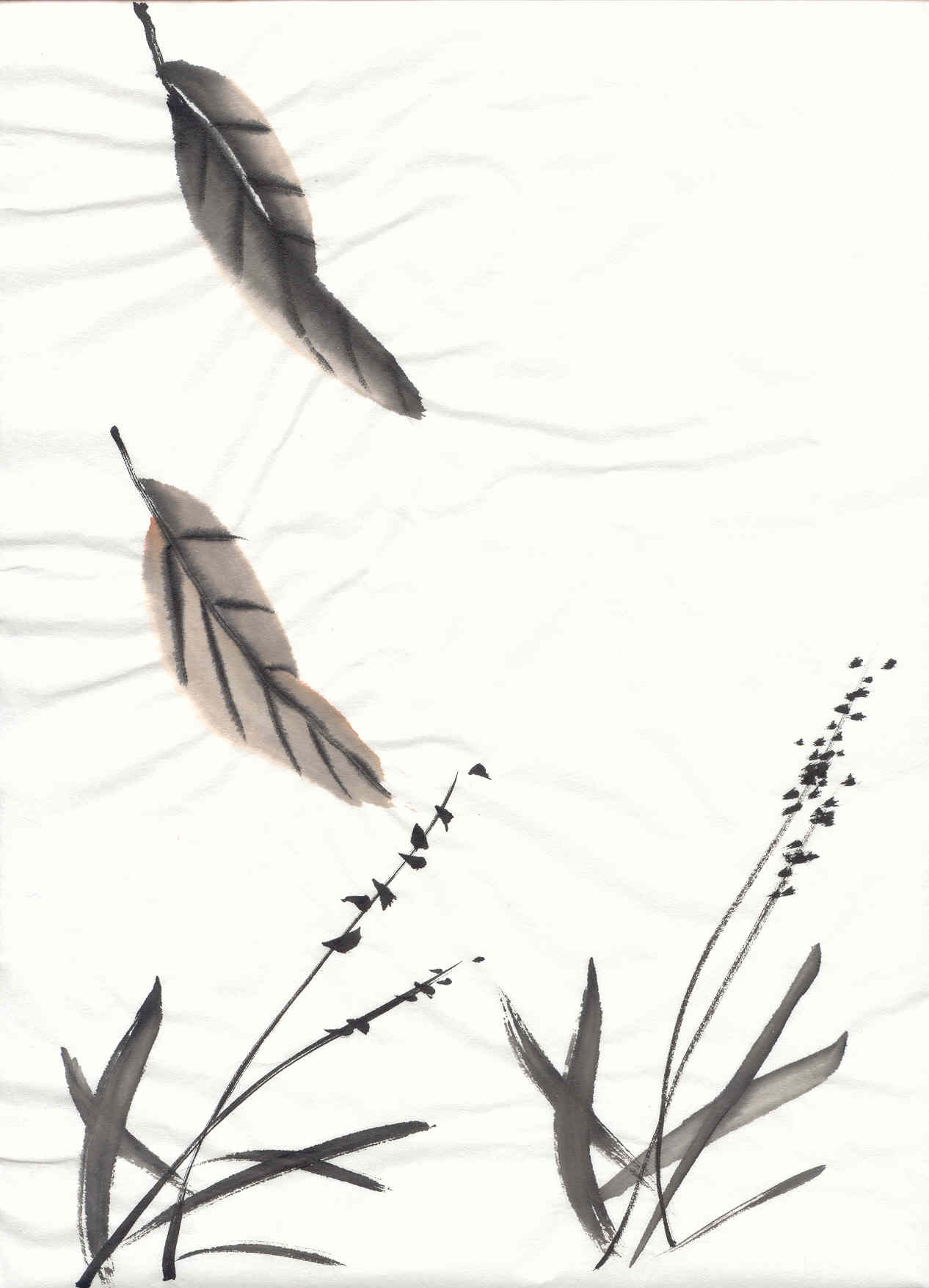 Japanese people have always appreciated the four seasons. According to the ancient calendar, February was called kisaragi, which literally means gwearing more clothes.h As this expression suggests, February is the coldest month in Japan.
Japanese people have always appreciated the four seasons. According to the ancient calendar, February was called kisaragi, which literally means gwearing more clothes.h As this expression suggests, February is the coldest month in Japan.
Takeshi Asai's Japanese Newsletter - Japan in the Coldest Season
 Japanese people have always appreciated the four seasons. According to the ancient calendar, February was called kisaragi, which literally means gwearing more clothes.h As this expression suggests, February is the coldest month in Japan.
Japanese people have always appreciated the four seasons. According to the ancient calendar, February was called kisaragi, which literally means gwearing more clothes.h As this expression suggests, February is the coldest month in Japan.
Kisaragi is perhaps the best metaphor for todayfs Japan and its people. Since the so-called bubble economy burst in 1993, Japan has been submerged in the harshest economic recession it has experienced since the end of World War II. Even though the worldfs second largest economy was expected to play an important role in rescuing other nations from the wide-spread Asian economic turmoil, Keizo Obuchi, the prime minister from the Liberal Democratic Party has continued to betray everyonefs expectations from the IMF to the U.S. and from China to his own nation.
As most economists suggest, the only option Japan has is to overhaul its economic system. To catch up with the international competition, Japanese companies must adopt an American management style and give up many of their conventional policies such as lifetime employment. Some people fear that Japan will become like America?a society of winners and losers, with a rapidly increasing crime rate. Without knowing what to do next, the majority of Japanese are apprehensive about the big changes to come.
On the other hand, some things never change in Japan. Kisaragi is also the best season to witness one of Japanfs ancient cultural traditions: the Omizutori Festival in Nara, one of the oldest Buddhist festivals, is a dynamic pageant of fire and water. Priests, carrying pine torches high over their shoulders while sparks from the torches shower the audience, circle the veranda of the Nigatsudo (February Hall), one of the many buildings of the Todaiji temple, designated a national treasure. The main event of the festival is to ladle aka, holy water, from the well. Started in 752 AD, the festival has never been interrupted, even by a single year, and it has never changed.
Fortunately, there is another traditional event in kisaragi, a less serious one. Itfs called setsubun and is a favorite among children. Unlike omizutori, this is one everybody can enjoy. On February 2, people scatter roasted beans in and out of their houses, saying gOni wa soto, fuku wa uchih (Goblins are out, happiness is in). Then they eat the number of beans that equals their age plus one, wishing no ills and no evils. Begun in the 12th century, this annual event has been maintained by Japanese people for centuries. However, this year some may have replaced the chant with a more appropriate one, gRecession wa soto, prosperity wa uchi.h
published as Japanese Monthly, March 1999 issue
edited by Marcia Allen
Back to Japanese Newsletters Home Page
Back to Top Page of Takeshi Asai's Website